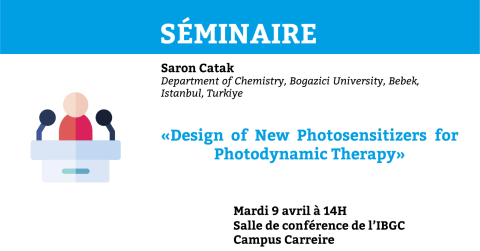Photodynamic therapy (PDT) has gained significant recognition as a promising and minimally invasive treatment for cancer.1 This light-induced chemotherapy method employs the principles of light-sensitive molecules to selectively eliminate cancer cells. PDT involves the introduction of a photosensitizer (PS) molecule to target cells, which are irradiated with light in the near-infrared range to generate reactive oxygen species (ROS), particularly singlet oxygen that can induce oxidative damage to ultimately trigger cell death. PDT offers a range of advantages compared to conventional chemotherapy, including minimal invasiveness, targeted specificity, and reduced systemic side effects, presenting an attractive alternative for cancer treatment.
Over the years, intensive efforts have been put forth in the development of photodynamic therapy drugs and the delivery of the PS to the targeted cells. Although a limited number of PS have been clinically approved, the success of PDT is limited; developing a new PS with high tumor specificity, low toxicity in the dark state, sufficient lipophilicity to penetrate the cellular membrane and solubility in physiological environment remains challenging.2
In our project, we aimed to propose new design strategies for improving the treatment efficiency and advance the field of cancer therapy. These strategies can be divided into two subgroups: tuning both the photophysical properties of PS candidates and their distribution over the biological environment. While inclusion of heavy metal atoms and conjugating with two-photon absorbing antenna enhance the generation of ROS within the deep tissue tumors, encapsulating with drug-delivery agents increases their bioavailability and cellular intake. Therefore, rationalizing the effects of the modification on the PS within the biological environment sheds light on their distribution to cells and their dependence on environmental factors.
To explore newly proposed molecules’ suitability to PDT, various computational chemistry tools were utilized such as density functional theory (DFT) and time-dependent density functional theory (TD-DFT), along with hybrid quantum mechanical/molecular mechanical methods (hybrid QM/MM) and molecular dynamics (MD) techniques. Potential molecules were thoroughly investigated in various physiological environments, including encapsulation with drug carriers and on lipid membranes.
References:
[1]Q. Zou, M. Abbas, L. Zhao, S. Li, G. Shen and X. Yan, J. Am. Chem. Soc., (2017), 139(5), 1921-1927.
[2]J. Dai, X. Wu, S. Ding, X. Lou, F. Xia, S. Wang and Y. Hong, J. Med. Chem., (2020), 63(5), 1996-2012.


